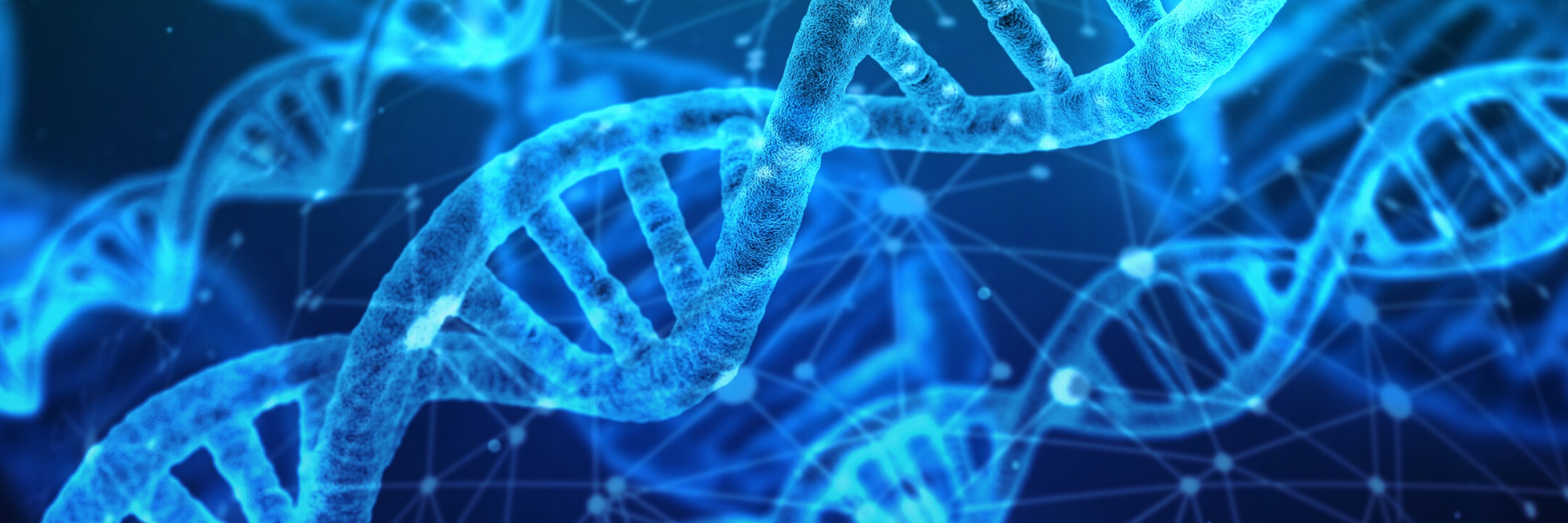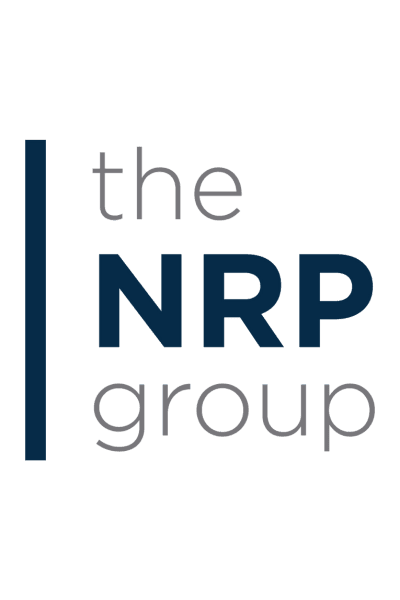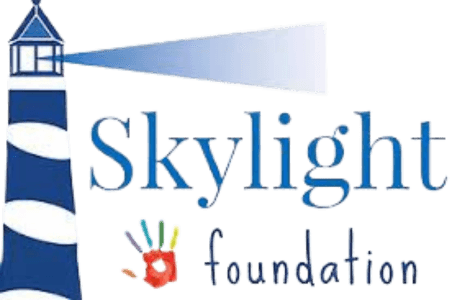
I often hear from adoptees or people working on solving unknown parentage who tell me that they have messaged many DNA relatives and have not received any helpful responses. This article presents some suggestions for what to do before sending any messages, and how to craft messages that may be more likely to elicit a response that can move your search forward. It can be very tempting to message your DNA relative matches as soon as your results come in, but here are some recommendations:
1) Screenshot immediately! It is recommended that you take screenshots of your close matches and screenshot any trees. Do this as soon as you can, as sometimes a new unknown match may cause another match to delete their results or change the settings on a family tree and make it private. Matches may have trees associated with their names but not their DNA, click through all links and search completely. Also, note shared matches.
2) Adoption Network does not recommend making contact with DNA relative matches immediately. Take your time and do your research before making contact. Use the powerful tools on these sites like “Shared Matches” on Ancestry, “Relatives In Common” on 23 and me, “Shared DNA Matches” on my Heritage and “In Common With” on FTDNA to look for common places or names and try to determine connections. Understand your relationship possibilities based on the amount of DNA that you share with the match.
3) In reaching out to DNA relative matches, you are establishing a link with (possibly distant) birth family. Be warm, friendly and positive. Your goal is to introduce yourself and develop a connection. You want to demonstrate that you are an authentic, caring person. No one wants to feel like they are being used for information, so take time to establish a bond. This may be a person that you can turn to reach out to family members or to be a research partner.
4) When you are ready to reach out to your DNA relative matches, do so carefully with thought and consideration. There are some people who will be willing to help an adoptee, while there are others who will not respond if you mention adoption or unknown parentage (such as “I don’t know who my biological father is”). Please consider that adoption does not happen without some difficult circumstances involved, and many extended relatives do not know about the private, personal decisions of their family members (even close relatives may be unaware). Using discretion and keeping private things private can go a long way here. We do not recommend mentioning adoption in your initial message or your profile. Some searchers feel a necessity to be completely open and honest; and in reality, that approach may be viewed as revealing a private decision by a family member of the match from whom you are attempting to gain information, which may lead the match to shut down and not want to be involved. Many people on Ancestry have tested to learn ethnicity or as a part of their hobby of genealogy and they may not be interested in their curiosity or hobby revealing deep family secrets. Work on developing a bond first before revealing personal details.
5) The main objective when reaching out should be to provide some specific suggestions as to how you might be connected, so it’s essential that you do your research to get to this point before you reach out. Be positive, friendly and courteous. Provide other methods for contact than the clunky Ancestry messaging system. Here are some sample contact messages:
- “Hello! I am a match to the kit that you manage for ___________________. I would love to learn more about our common ancestry and see if we can determine our connection. We seem to have common matches on the ________________ line. Do you have a family tree that you would be willing to share? (Or “Do you have any relatives from the Boston area?” or “It seems our connection is with my Italian ancestry, do you have any trees or information to share?”) I am happy to share any information with you that I might find. I look forward to connecting and am excited to meet new relatives! I can be reached through this messaging system or through my email at __________________________________. Thank you! Your full name, city, and state.” Other things you may include: the username of your kit if it is different than your own, test type and match source if you are not using the messaging system at a specific company and that is not obvious, and possibly the number of cMs that you and the match have in common.
- “Hello! I see we have a close Match on our DNA. I am new to all of this and still trying to figure out genealogical research. I believe we might have a connection on our ___________________, _____________________ or ___________________ lines because we share many shared matches with those surnames. Would you be interested in working together to see how we might be connected? I can be reached through this messaging system or at my email __________________________. Looking forward to hearing from you! Your full name, city and state.”
6) If you develop a relationship and get to the point of discussing more highly personal information, it is recommended that you move the conversation to the telephone if at all possible. Example message from DNA match: “Do you know how we are connected?” Possible response: “I believe that I have an idea, but that’s more of a telephone conversation. Would you be available to discuss this tonight? My phone number is____________.”
7) Many people do not respond to messages on the Ancestry message system or the messaging systems of some other sites, which can be clunky, and depending on how notifications have been set up, the recipient may be sent a notification of your message. Others may have received the DNA kit as a gift and viewed the results and never logged in again, or are not interested in connecting with DNA relatives.
8) Do not feel that you need to respond to messages from DNA relatives if you aren’t yet comfortable doing so. As previously stated, people often reach out and don’t get a response. Give yourself time to develop the area that you want to ask questions about. It is not necessary for you to reveal private, personal information about yourself or about the relatives of the person that is reaching out to you. That can be viewed as over-sharing and can shut contact down. If you feel the need to respond before you have pinpointed a focus, you may try something like: “Hello! Thanks so much for reaching out. This is all new to me and I haven’t had a chance yet to take the time to look at my results and figure out what all of this means. Once I have a better understanding, I will be in touch. I appreciate your message and look forward to meeting new relatives!” or you could try adding, “If you have any idea how we might be connected, I would be interested in learning more!”
9) If your matches don’t respond via the messaging systems, it can be a good idea to consider connecting in other ways, such as regular mail, Facebook, etc. You can start with “I have been doing some genealogical research and my research has led me to you. I believe we are connected through the ___________ and/or ___________ surnames.”
Connecting with DNA relative matches can be frustrating and it can be very fruitful. I have some matches that have never responded, while other matches have been the key to researching certain branches and their help has been invaluable. I have connected with a close match that turned out to be a previously unknown half-brother that I never would have known about if not for DNA. I hope these tips can be helpful to you in your search!
Click the link to learn more about our Search Assistance Program.

















